The Kingdom of Falkaar
“The invaders will come reaching for the Crown, but they will leave without their hands.” – Aravin Korsar, Crown Prince of Falkaar
History
A thousand years ago, the Traazorite Empire had conquered the southern coast of Isarshael as far inland as the Moonshadow Mountains. They drove the Urdaggar Tribes back into their ancestral homelands and reduced their grazing and hunting lands to a fraction of what they had been before they invaded. As the Urdaggar remained too large and their lands too remote for the Traazorites to conquer what was left, years of containment fol- lowed. The Empire played one tribe against the other, keeping them in constant conflict and dis- order. The Traazorites’ chain of border fortresses and political maneuvering chafed at the tribesmen like a collar. Jorav Korsar, a clan chief of the Urdaggar Wolf Tribe, envisioned a world where his people stopped fighting internally and instead developed a healthy and prosperous civilization like those of the people from distant lands with which the Urdaggar traded. He knew that as long as his people stayed involved in endless internecine power struggles and petty conflict they would never be
great. He convinced, cajoled and coerced six other chieftains into joining him in conquering enough land for them all to live in comfortably. Korsar forged these warriors into an irresistible tide that drove the Traazorites back into the sea.
The First War, as it is now called, carved out a great tract of land along the Moonshadow Mountains, down to the tip of the Florion and west to the sea. The remnants of the old Traazorite provinces to the south were no match for Korsar’s powerful confederation. He divided up their new territory amongst his
leaders and made them hereditary rulers. With great foresight he presided over the construction of a revolutionary type of monarchy and set aside land for future growth.
Today Falkaar is a peaceful and stable kingdom, where a Korsar still rules and his dukes and barons can trace their lineage to the tribesman who poured through the mountain passes forty generations earlier.
Demography and Population
Falkaarans are very open towards outsiders, some would say too open. They are trusting and expect others to act honorably and are sometimes caught off guard if they do not. Falkaarans like to travel and explore. Falkaaran schools in the larger cities teach foreign languages. They do not hold grudges and while they will fiercely defend what they believe to be their own, they are otherwise a live and let live people. Falkaarans are monogamous and marry in formal ceremonies through the Varanic church. Bastard children are not mistreated and every attempt is made to give them a good home, but they have no legal right to a noble parent’s name. Any man and woman of legal age (16) may marry as long as they recognize the basic requirements of the church. Nobles, however, who choose to marry someone not a native Falkaaran with no hereditary ties to any other land, forsake their title. This law was Jorav’s third once crowned and is known as the Third Decree. Students of politics rave about its genius, cynics vilify it and a hundred poets have woven it into their love stories. But a Korsar still rules.
Falkaarans love sport. Fairs and holy days are marked by competitions of all kinds across the Kingdom. Jousts, archery contests, feats of strength and endurance are all popular. Enjoyment of the arts is primarily the realm of city dwellers. Minstrels bring some refined music into the countryside, but their bawdier repertoire is more popular.
Falkaarans value honor and a fair deal above all else. They are plain spoken and straightforward in their dealings and expect, often unrealistically, that others will be the same.
Territories
Kingdom of Falkaar
Platinum crown on blue field.
The crown of the King of Falkaar is known as the Crown of the West.
In 1008, Jerissa Korsar is Queen of Falkaar.
Falkaar has a temperate climate, with four distinct and moderate seasons. It is as idyllic a locale as can be found in Faelon. It is sheltered from northern winds by the Moonshadow Mountains and the weather of the western coast is nothing like that which savages the eastern edge of the continent.
Duchy of Lormouth
Black ship on white field.
Lormouth is home to the Falkaaran Navy.
In 1008, Legian Arev is the Duke of Lormouth.
Duchy of Tarenna
White comet on red field.
Legend holds that an enormous shooting star crossed the night sky during the height of the First War and vanished out of sight the day Baharadad (what is now Tarenna) fell. The red is the blood spilled during the fighting.
In 1008, Stennar Desak is Duke of Tarenna.
Archbarony of Tlhar
Golden perak on black. Tlhar began as Korolar, a combined Traazorite fortress/eyrie in the Moonshadow
Mountains. The Traazorites had been breeding peraks, which they call daklos, to survive in colder climes. A daring assault by Argan Bloodpaw took both the eyrie and tower intact.
In 1008, Tior Tlhar is Archbaron of Tlhar.
Barony of Falthar
Black castle and cliffs over jade water on a white field.
Falthar Watch is a castle built over the narrow entrance to a naturally enclosed harbor.
In 1008, Irlis Berada is Baroness of Falthar
Barony of Jendal
White kolekar on a green field.
The bladegrounds of Jendal are world-renowned as is their signature
weapon. The Baron of Jendal is also Falkaar’s Bladelord.
In 1008, Darmen Talas is Baron of Jendal.
Barony of Karadal
Three white horses on a red field.
Karadal guards Falkaar's northeast border with a regiment of well trained light cavalry.
In 1008, Haran Baros is Baron of Karadal.
Military
Falkaar’s military is composed of four elements. First, the king maintains a permanent guard of knights and men-at-arms. Second, each baron maintains a small contingent of specialty troops. Third, each duke drills and maintains a regular militia consisting of lightly armored Faeler Swordsman and Pikeman . Ducal troops comprise the majority of the Falkaaran army in the field. Fourth, each sheriff drills and maintains a Sheriff's Levy .
In times of war, the royal Forester who patrol and maintain the Florion and Arlian form an effective military unit under direct command of the King. Falkaar is also blessed with owning a wing of peraks, flying saurians left behind when the Traazorites fled the land. Perakkir, or perak-riders, give Falkaar a superb scouting ability.
The navy is comprised of three parts. The Baron of Falthar maintains a fleet of warships that patrol Falkaar’s coast and escort merchants. In war, the Duke of Lormouth is ready to contribute the balance of the ships Sailor and marines to expand the fleet to full size. Finally, the Duke of Tarenna commands a small fleet on the Inner Sea.
KNIGHTS
While he downplayed it later in life, anyone who studied Jorav Korsar closely knew the extent to which his time among the Traazorites influenced him. Taken as a hostage during a failed raid in his youth, he spent many years in Baharadad before being released as part of a peace deal. While there, he studied every aspect of Traazorite culture voraciously. Naturally, for the son of a clan chief and a warrior, the Traazorite military held special fascination. He immediately grasped the advantages to having professional soldiers specialized for certain functions. He and his generals designed Falkaar’s knighthood along the lines of the Nine Energies of the Gaal in order to make a clean break with their totemic heritage without seeming to abandon the gods entirely.
Knight Defender are themed to Earth and serve as royal bodyguards and the cadre assigned the defense of Baramar.
Knights Ascender are themed to Air. These are the Perakkirin, knights who ride the reptilian peraks from their eyrie near Tlhar Castle.
Knight Mariner are themed to Water and serve as the leadership of Falkaaran Marines.
Knights Immolator are themed to Fire and lead the Falkaaran Army’s assaults into battle.
Knights Arrestor are themed to Ice and serve as justiciars who enforce the realm's laws.
Knights Illuminator are themed to Aether and attend the Dukes as their personal guard.
Not much is known about the Knights Deceiver (Illusion), Knights Canceller (Void) and Knights Rager (Force). There is some speculation that Knights Deceiver act as the muscle for Falkaar’s master of spies. Others pass along ancient myths about Cancellers and Ragers in battle, but on the subject, contemporary sources are mum.
FALKAARAN BLADESWORN
The Falkaarans inherited the Bladesworn tradition from their Traazorite enemies. They captured three bladeschools intact and saw no reason not to incorporate the training and traditions into their own military. Korsar assigned the task of running the bladeschools to the Sheriffs who had inherited them. He had them decide upon a Bladelord the only way such things can be decided, by personal combat. Duvek Talas bested the other two and a Talas is Bladelord today. In 1008, the bladeschools are still in their original locations, although the weapon of choice is no longer universally the sakhazet, as it had been prior to the First War. Karadal Bladesister teaches the longsword, Falthar the cutlass and Jendal Bladeseeker the kolekar.
SHADOW HUNTERS
To this day, the Tribes of the Urdaggar have a chaotic relationship with the denizens of Karelon. No one can tell one moment to the next whether they are sworn enemies or vital allies. Chieftains may even alter their relationship with demons mid-battle. As with many things, Falkaar’s early leaders made the choice to simplify and centralize the issue. Only the King can permit a relationship with demons and those demons in Falkaar uninvited are hunted and destroyed. The agency for this effort is the Fiasra Drakora, the Eternal Hunters of the Shadow Spirit. Shadow Hunter and Shadow Hunter Adept range about the wild places of Falkaar seeking out and banishing demons who have crossed over and sealing their witchgates.
Shadow Hunters operate in teams called Aegises. An Aegis consists of a Shadow Hunter, their Jhenkar Companion or Jhenkar Familiar
, two Foresters and two Witchcat . The Shadow Hunter is a caster specially trained to locateand close witchgates. Jhenkar are demon emissaries sent to Faelon to help counter the actions of their
malign brethren. Foresters are hunter archers who, bonded to their Witchcat companions, gain the ability
of witchsight. Together these pairs make highly effective demon locating teams.
FALKAARAN WIZARDS
Energy magic is rarely practiced among the Urdaggar, and even less so in Jorav’s time. He and his generals were constantly impressed by the raw power wielded by the Traazorite energy casters they encountered. The Falkaarans captured what is now the University of Tarenna intact, complete with its renowned Starspire, and changed very little of its charter as a nexus of magical learning. Each of the senior nobility consults a Wizard adviser, the senior of which represents Falkaar on the Wizard’s Council in Tehradim. Initially this duty passed among the families, but for several generations now, the second son of Tlhar has trained as a Fire Wizard and been appointed to the Council.
Agriculture & Industry
The kingdom has a vibrant trade economy and does not discriminate significantly as to trading partners.
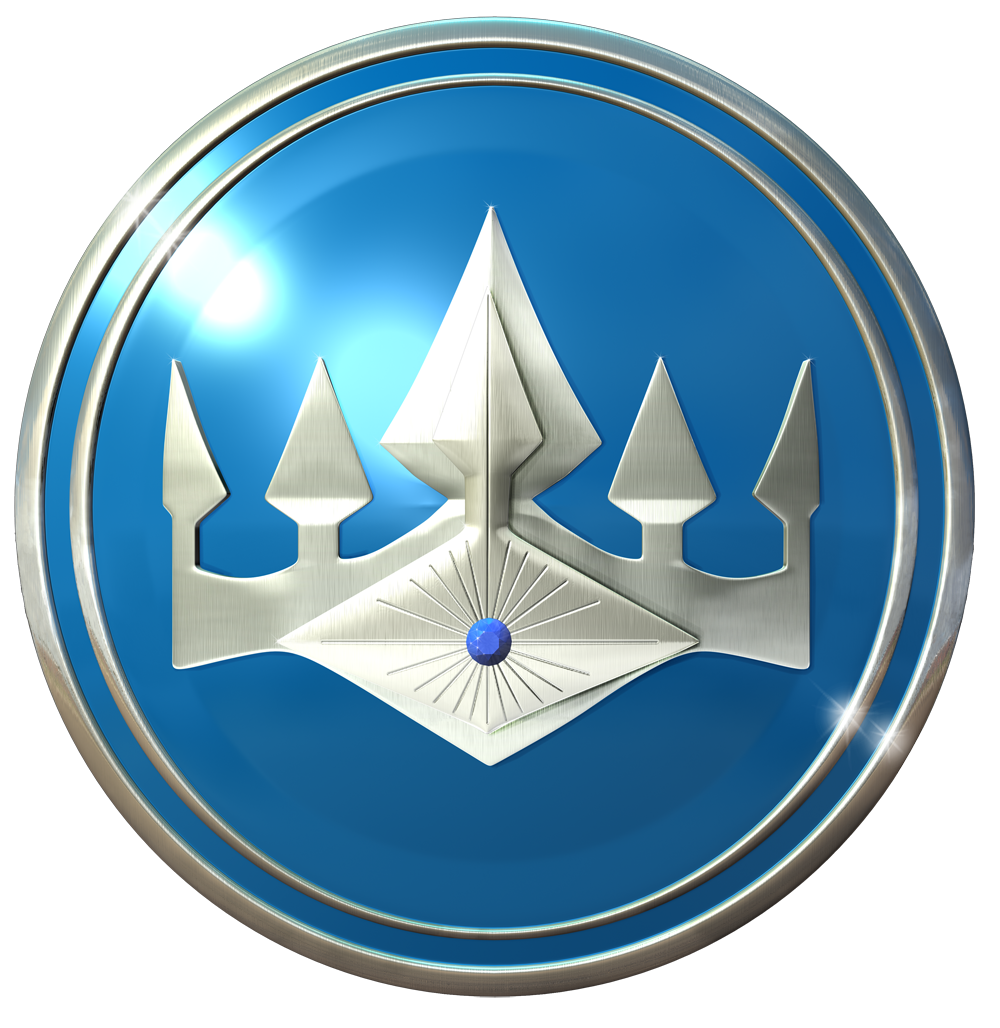
Faelish
Related Species
Witchcat
Jhenkar (Leader Companion)
Jhenkar (Caster Companion)
Founding Date
Year 1
Type
Geopolitical, Kingdom
Capital
Demonym
Fakaaran
Leader
Government System
Monarchy, Absolute
Power Structure
Feudal state
Economic System
Market economy
Currency
Falkaar's currency is minted exclusively in Baramar . Falkaaran coinage weighs 15 grams and bears the likeness of the current monarch on one side and the Crown of the West on the reverse. It mints four types of coin: gold Royals, silver Marks, bronze Pennies and copper Farthings. Like the Traazorite coins these are patterned after, each coin is valued at ten of the next lesser metal.
Major Exports
Lumber, beef, and steel
Major Imports
Luxury goods, salt and dyes.
Legislative Body
Falkaar can best be described as an enlightened monarchy. While the king is the ruler of the entire land, the principal nobility has a great say in major governmental decisions. These decisions are debated at a semiannual Falkaaran Council. In winter it is held in the royal capital of Baramar, and in the spring it rotates among the castles and cities of the dukes and barons. For controversial decisions, a vote is taken, each noble placing a number of special coins, commensurate with his or her rank, in one of two bowls. The king or crown prince has the largest number of these coins and breaks ties. This system is not used in times of war, for at their core, the Falkaarans are a warrior people who know not to leave military decisions to a committee. The Falkaaran Council hearkens back to the dawn of the kingdom when Jorav Korsar spent time with each of his nobles until the great capital of Baramar had been completed enough for the royal family to take up residence. Another interesting reform initiated by Korsar was the prohibition against diplomatic marriages. This, coupled with the ability of women to serve as high nobility when lacking a male heir, has kept the Korsar family on the throne for 1000 years.
The original nobility consisted of the four men and two women closest to Jorav Korsar at the time they had taken what would become their kingdom from the Traazorites. These six were the clan chiefs who had rallied to his call and fought as generals in the First War. Korsar divided up the kingdom between
them. Consistent with his desire to break completely from their barbaric past, they each took surnames in place of the clan names they had once held such as Sharpfang and Blackmane. As the Traazorites were the only civilization Korsar had any experience with, they served as inspiration for many of the new realm’s aspects, though always with his own unique take. He knew land ownership would be important to their prosperity and so he and his advisers carved up the kingdom around defensible borders and existing structures. They determined the noble rank just below King would be Duke, and the kingdom would be divided into duchies. It made sense to them that such an important personage should rule from a great city. However, when the First War ended, Falkaar possessed only one walled city, the ancient port of Lormouth. They decided that any future duchies would be granted when a ruler grew prosperous enough to place a wall around their city. Korsar offered rule of Lormouth to
Argan Tlhar, his right arm, but Argan used the right of first choice to select the citadel of Korolar instead, correctly guessing that its access to peraks would make his family more influential in Falkaar’s defense while shielding himself from the worst of trade politics. Rule of Lormouth passed to Kellan Hightalon, the Eagle Clan Chief who had captured the most land and enemy soldiers during the First war. Kellan took the surname Nerok, the only original family not to have survived to present day. Teslan Nerok and his two sons were killed during Del-Kamai’s Crusade and he left no other heirs. Lormouth has been ruled by the Arev family since.
Falkaar’s original rulers did not know much about cities and trade, but they knew how to conquer and they knew what weaknesses they had played upon during their conquest. The Baronies received the lion’s share of their focus in constructing their new realm. Each would be centered on a castle, castle in this context meaning a fortress possessed of a Corestone. At the time of the realm’s founding they possessed three: one in the citadel at Lormouth and two others in the border strongholds of Korolar and Baharadad, which would be renamed Tlhar and Tarenna. Korsar named Taris Desak the first Baroness of Tarenna as a reward for serving as the commander of his army’s vanguard.
That still left large tracts of land not protected by Corestone fortresses. These tracts were divided up into
Shires and where they had an existing captured fortress, Korsar awarded them to his remaining generals.
They took the title Sheriff, with the rule that they or their descendants could progress to Barons when their citadels acquired Corestones. And so it went down the line, each noble rank with a path to the one higher. Except the King of course.
This left the King himself without a home. From the moment he had set off on his grand design, Jorav knew the new kingdom would not be best served with some
piece-built capital. Instead he took yet another page from the Traazorites and built his from the ground up. Or, more accurately, from the outside in. Baramar is one of the most, if not the most, defensible habitations in Faelon, a city built into the side of a mountain, with multiple layers of defensive structures. All his young life, Jorav’s mentors had taught him that there were no impregnable fortresses. He made this abundantly clear during his campaign of conquest as tower after keep after city fell to him and his army. But that did not mean one did not try. This aristocratic structure survives today.
The King is the Head of State and Commander-in-chief and rules from the fastness of Baramar. The Dukes each rule a walled city and surrounding land. Each Duchy is made up of Baronies and Shires. The Barons rule from Corestone castles and provide the realm with a ring of defenses. Sheriffs rule from a manor or tower and are the most involved day to day with the peasantry, while ever seeking the wealth and opportunity required to advance to the next level.
Official State Religion
Subsidiary Organizations
Location
Related Professions
Notable Members
Related Ethnicities
Witchcat
Jhenkar (Leader Companion)
Jhenkar (Caster Companion)

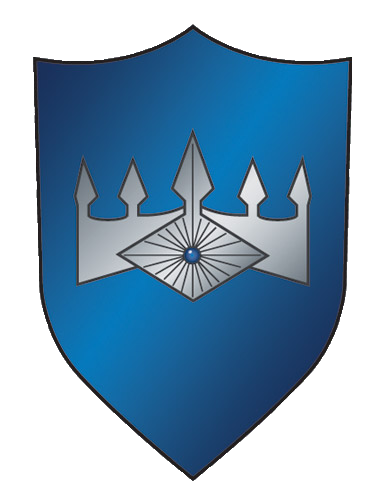
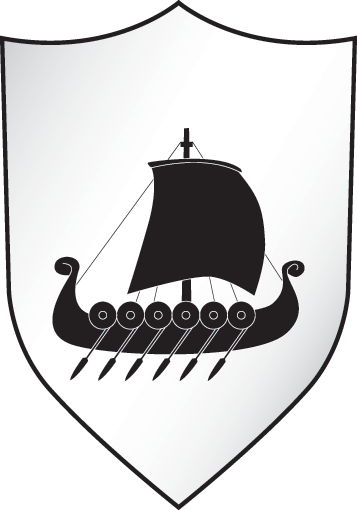
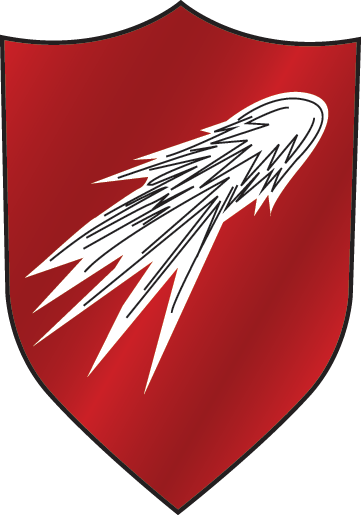
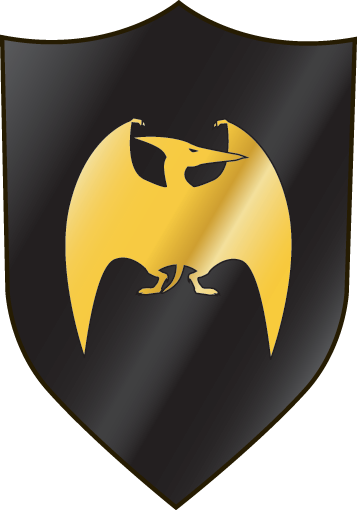
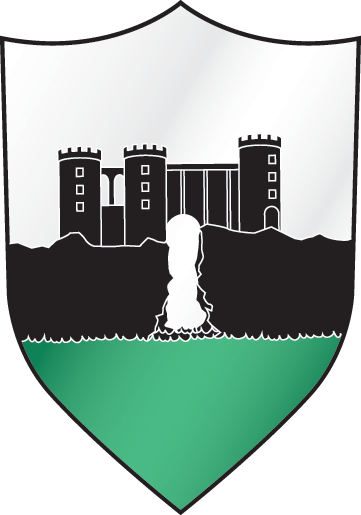
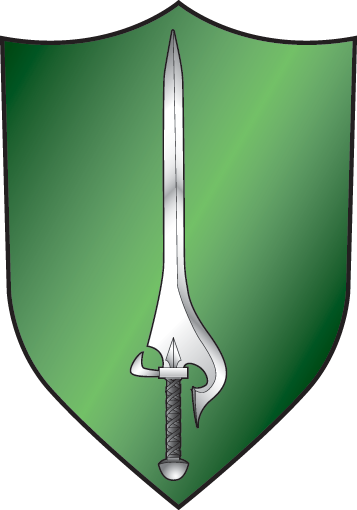
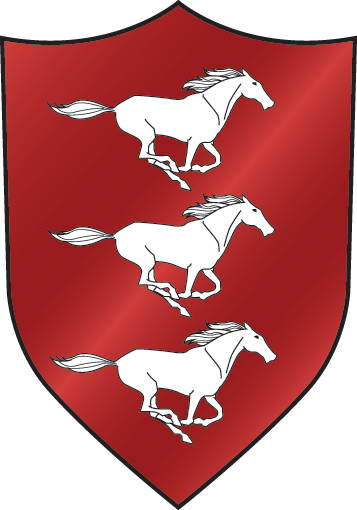


Comments